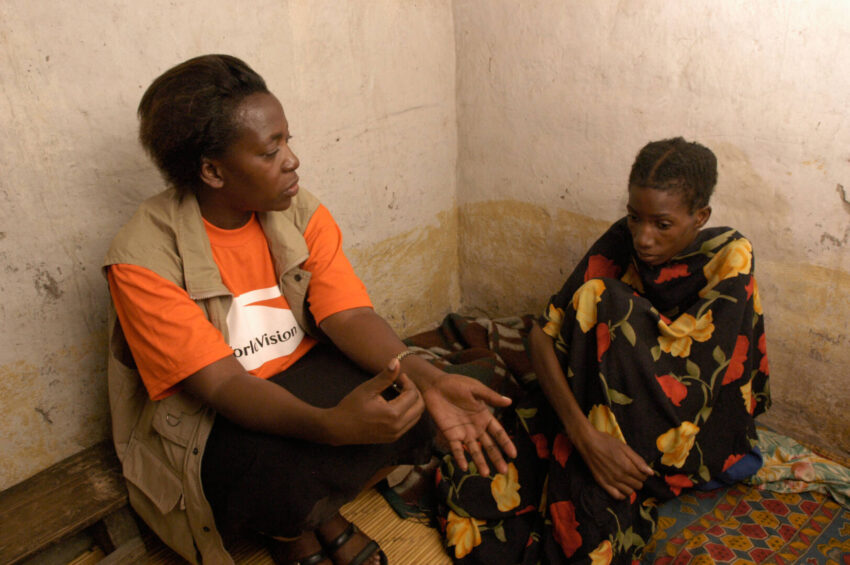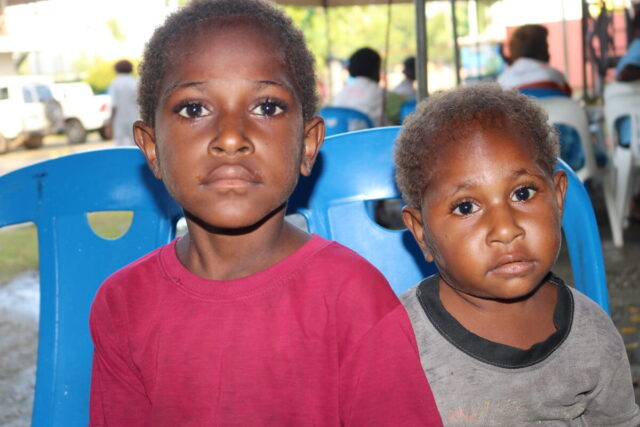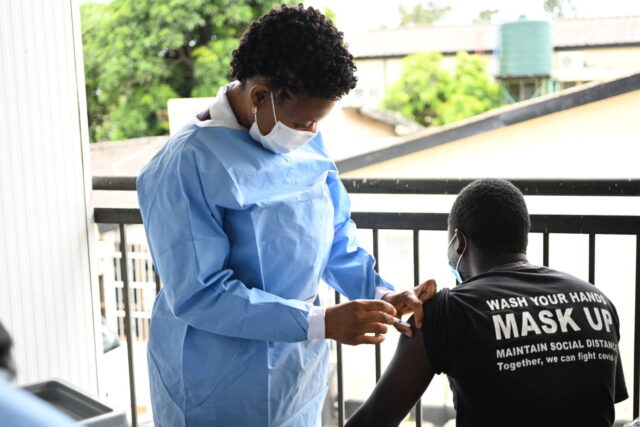Grace sat on a worn mat on the floor wrapped tightly in a brown kitenge with bright flowers. In the dim light, I could still see her eyes, her lids heavy. She looked tired and frail. And so sad. It was 20 years ago in Zamtan, in Zambia’s Copperbelt, where I was reporting on people living with HIV and AIDS.
Grace was 32 and the mother of five children between 2 and 13. She was living with her parents, Solomon and Delphista, because her home had recently collapsed.
Solomon and Delphista were welcoming. They were older, but healthy and strong. A devout Catholic, the 69-year-old father and grandfather told us he’d been a fisherman in his youth.
The family had received blankets for the children and school uniforms from World Vision. But for Grace, the thing she really needed was not available — a healthcare system capable of diagnosing her illness and prescribing antiretrovirals. “My main wish is for better medication,” she told me.
Today 77% of all people with HIV access antiretrovirals globally. In 2004, no one I interviewed in the villages had access to the drugs. AIDS was a death sentence. It was not uncommon to see a casket strapped to the back of a motorcycle bumping down a dirt road on its way to a funeral. So many funerals. Mounds of fresh dirt, each representing a person whose heart used to delight in the morning sun and whose face would glow in the light of an evening fire. How was it all going to end? Would it all end?
Then-World Vision President Rich Stearns, his wife Reneé, and his daughter Sarah were in Zambia to learn more about the AIDS epidemic and World Vision’s work. I had planned for Rich and his family to walk from home to home, meeting people and learning how World Vision was responding to their situations. Grace agreed to meet with Rich and his family later on in our visit.
Rich met amazing, resilient people and saw World Vision at its best — our staff, themselves caring for relatives who were orphans due to HIV and AIDS. At a primary school the next week, as Rich gave a speech, I realized it was getting too late to also visit Grace. On these trips we don’t stay out after dark, for safety reasons. As he encouraged the crowd — hundreds of people yearning for words of hope — I ran to Grace’s house.
Grace was lying in the corner on her mat in the darkness, barely conscious. I wasn’t sure what to say. Should I touch her? How could I provide comfort? I explained to her parents that the visit had run long, and that Rich wouldn’t be able to come.
I don’t think they were disappointed. The old fisherman and his wife were undoubtedly preparing to take on more responsibility. Five children, one a toddler and another a teenager, were waiting outside their mother’s room, listening to her breathe.
Not 24 hours later, Grace was dead. One of 33 million people who lost their lives to AIDS-related diseases.
Her children became orphans.
Her parents became parents again.
And the world was robbed of a generation of people like her who were never allowed to fulfill their promise.
That’s what the AIDS epidemic looked like in the 90s and 2000s.


